
Business & Economics
Keeping supply chains ethical and sustainable amid COVID-19
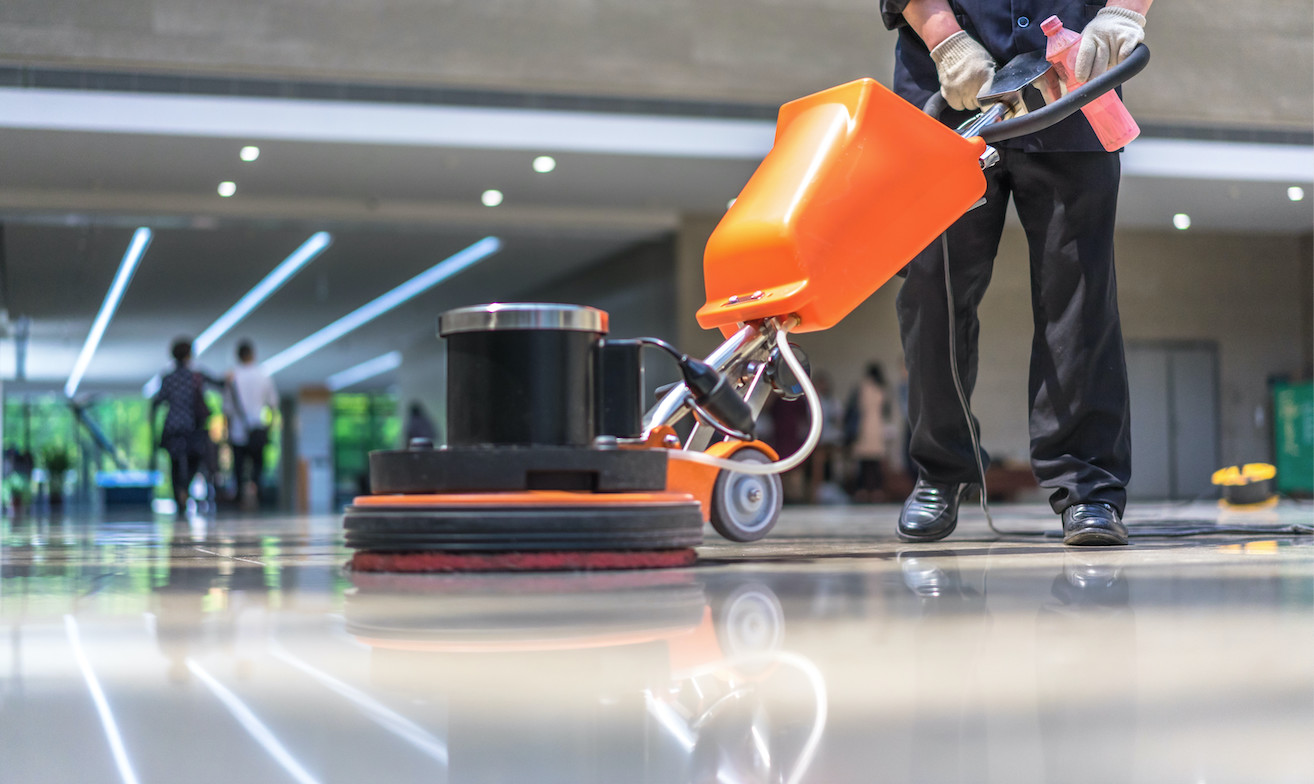
Alongside its review of the ‘Modern Slavery Act’, the Government must also address the risks of forced labour that are inherent in our visa system
Published 18 January 2023
In 2018, the Modern Slavery Act was introduced to reduce the risks of labour exploitation in Australia. Larger businesses – those with annual consolidated revenue of at least AU$100 million – are now required to report on the risks of exploitation in their supply chains and the actions they are taking to eliminate them.
The term ‘modern slavery’ describes situations where offenders use coercion, threats or deception to exploit victims and undermine their freedom.
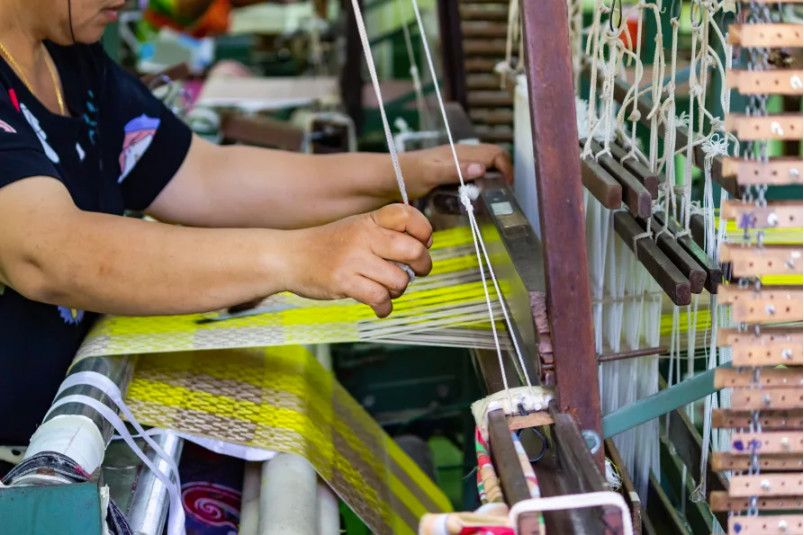
The Commonwealth Act is currently undergoing a statutory review led by Professor John McMillan AO with support from the Attorney-General’s Department, due to be completed this year. The review was legislated to take place three years after the Act’s enactment to assess whether additional measures would be needed to improve the Act’s effectiveness.

Business & Economics
Keeping supply chains ethical and sustainable amid COVID-19
Many experts are calling for the strengthening of modern slavery laws and penalties for businesses, going beyond mere reporting. But if we look at the conditions that drive forced labour, our Government must eliminate its own contribution to these risks by addressing the problems with our treatment of people seeking safety.
As post-pandemic migration is set to resume, the timing for these reforms is imperative.
The International Labour Organisation and Walk Free estimate nearly 50 million people are in modern slavery conditions worldwide, with up to 15,000 people estimated to be living in conditions of modern slavery in Australia. Over half are thought to be located in the Asia Pacific region.
While labour exploitation is more prevalent in high-risk countries overseas, it impacts Australian businesses and does happen within Australia. Indeed, some of the conditions for labour exploitation have been created by successive Federal Governments.
People who flee persecution have a right to seek safety in another country. This is one of the core principles of the 1951 Refugee Convention, ratified by 149 countries including Australia.
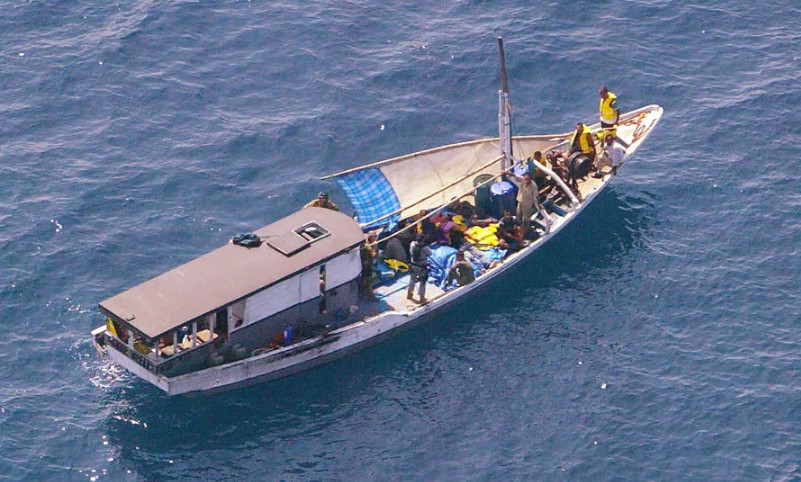
However, many people seeking safety in Australia who arrived by boat are now living on a category of temporary bridging visa known as the “Final Departure” Bridging Visa E. The ‘Final Departure’ Bridging Visa E is a specific class of Bridging Visa E, commonly referred to as ‘BVE’.

Business & Economics
Rebelling against modern slavery
Those on BVEs are stripped of government support, with all social security payments terminated immediately and three weeks to vacate their public accommodation. They are granted the right to work, but adults are not entitled to undertake study or training.
This leaves any BVE visa holder without other support and desperate to find work to survive. Coupled with the ever-present threat of deportation, people are extremely vulnerable to workplace exploitation and abuse – including coercive practices such as modern slavery.
Current Australian government policy prohibits any person who arrived in Australia by boat after 19 July 2013 from ever being able to settle on a permanent basis.
As of January 2022, there were over 1000 people transferred from offshore detention in Nauru or Papua New Guinea’s Manus Island after medical or legal interventions.
It is estimated that more than 600 of these people (including children) have now been issued with a BVE and told to make arrangements to leave Australia within six months.
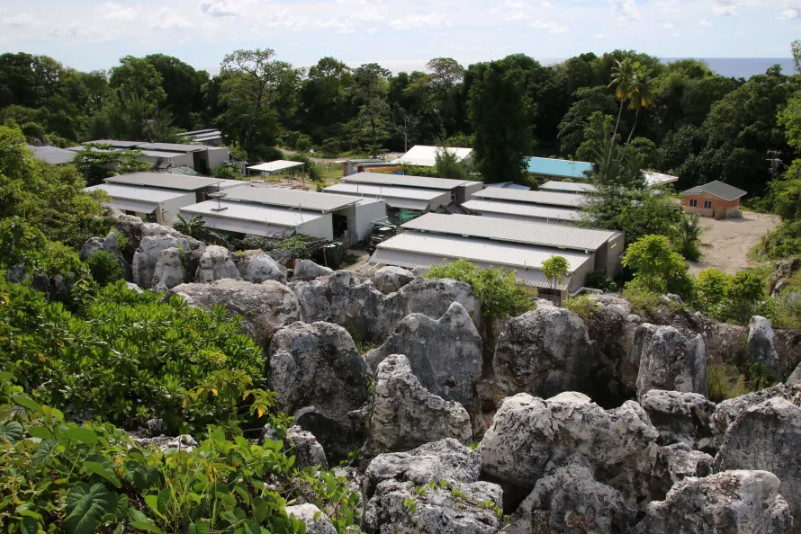
After years of living in limbo on Nauru or Manus, often with deteriorating mental health, the BVE (which in practice is typically renewed on a rolling basis) perpetuates uncertainty and increases the power imbalance between vulnerable people needing money to survive and employers.

Politics & Society
Changing the narrative on refugees
To understand more about the experience of work for people on BVEs, we reached out to more than 20 people on the visa.
Many reported facing exploitation or discrimination at work but were not prepared to provide further details, even anonymously, out of fear any public criticism might affect their visa or employment. Just one was prepared to go on record about the challenges he has faced on the BVE.
Ali (not his real name) has been in Australia after being released from offshore detention. “You know, for someone who’s came without language without any support, I feel I’m lost, I didn’t know what I’m going to do,” he said.
“Eventually I started working as a machine operator in one factory. I work with them about one month but then I got injured at work[…]. They said for me, well, just stay home, we’ll come back to you later. Anyway, they sacked me from the job.
“When I went looking for another job, some places told me ‘your visa is not permanent, we will not accept you because you don’t have permanent visa’. There is no security. The other thing is when you have limited English, they think ‘how am I going to communicate with you? You are going to give me a hard time’. So you are forced to go for some places to work cash in hand and accept under the minimum wage.”
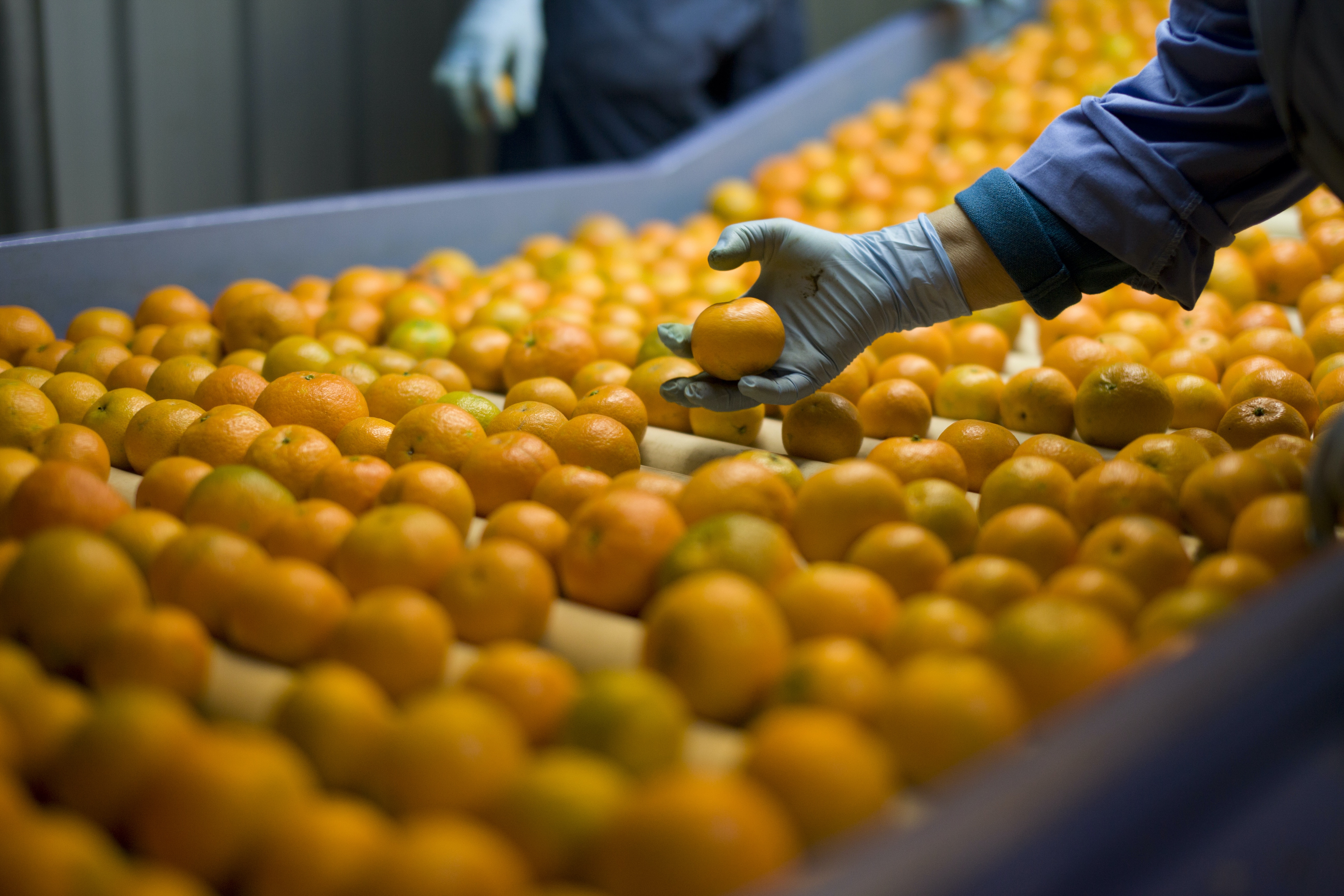
Refugee support workers we spoke to say exploitation is a common complaint among BVE holders because of the types of jobs open to them. This includes jobs in the Australian horticulture sector, where insecure work and exploitation of migrant workers on temporary visas such as BVEs remains rife.

Arts & Culture
Revealing the true value of fashion
One explained why the specific circumstances of the BVE make visa holders so vulnerable: “Firstly, people are just grateful to have a job that somebody has offered them. They will accept most conditions because a job means they might be able to pay the rent and allow them to put some food on the table for the family.
“Secondly, the employer is also often aware of that dynamic. So they know they can take advantage of these people.”
Another support worker related the story of a client who ended up working for no pay. “Every week the bosses say, we’ll pay you next week. And then they say, it’s more likely it’s going to be next month. At first, the worker believes this is reasonable.
“If they are being paid $3000 a month and the boss says they will pay the following month, you have to work the additional month because you aren’t going to leave your money and you are scared you’ll never get paid. That then becomes $6000, and after three months it’s $9000, and the amount keeps increasing.”

BVE holders are also required to sign a code of behaviour holding them to a higher standard of conduct than other visa holders or Australian workers.

Health & Medicine
Listening to those held in immigration detention
One of the Code’s clauses is: “You must not harass, intimidate or bully any other person or group of people or engage in any anti-social or disruptive activities that are inconsiderate, disrespectful or threaten the peaceful enjoyment of other members of the community.”
This is an additional factor increasing vulnerability at work since it is likely to deter actions like joining a union or engaging in any form of protest that may be seen as disruptive.
One support worker told us that fear of being reported to authorities leads many BVE holders to do everything possible to stay in a job even when they know they are being exploited.
As the Modern Slavery Act undergoes review, the Australian government must be committed to tackling the challenge of forced labour and worker exploitation by eliminating its own contribution. This includes providing more pathways to permanency for people who sought safety in Australia instead of issuing indefinite BVEs that threaten to return these people to danger.
By strengthening Australia’s modern slavery framework to require action rather than just reporting, businesses will be obliged to ensure that they are taking meaningful steps to prevent modern slavery in their operations and supply chains.
Read the full report ‘Labour in Limbo: Bridging Visa E holders and Modern Slavery Risk in Australia’ here. Freya Dinshaw was supervised by Professor Susan Kneebone under the Community Fellows Program of the University of Melbourne Social Equity Institute.
Banner: Getty Images